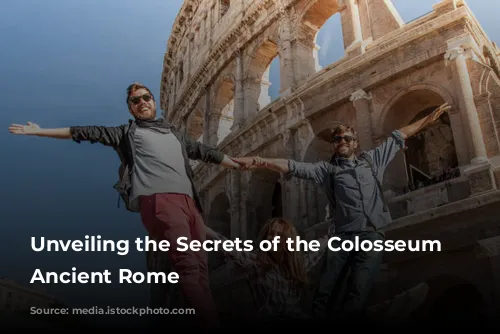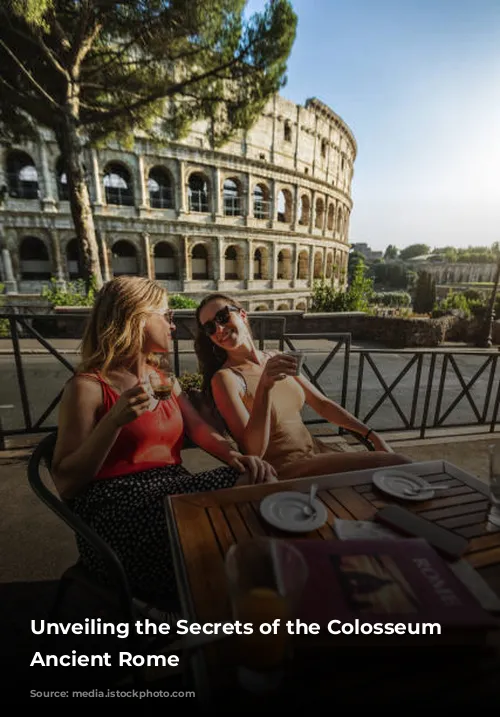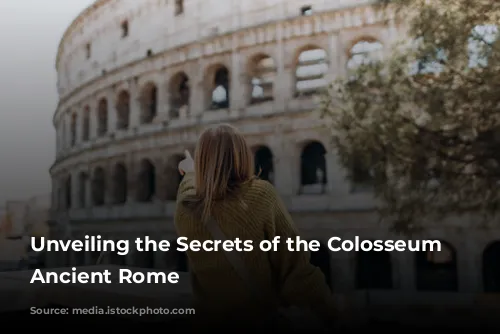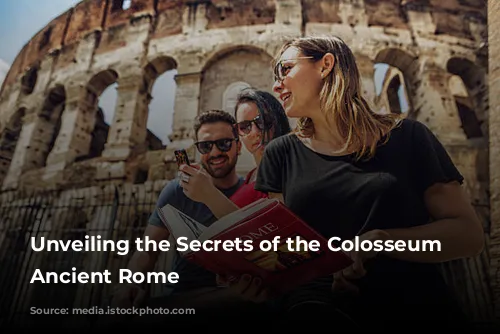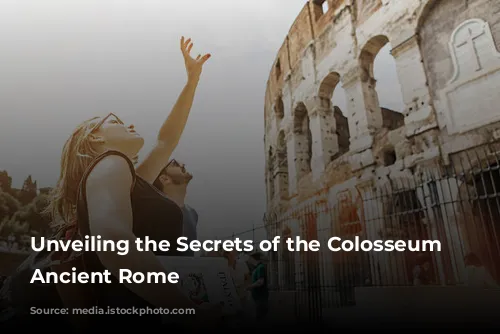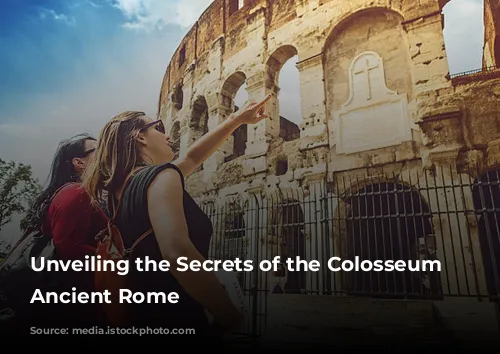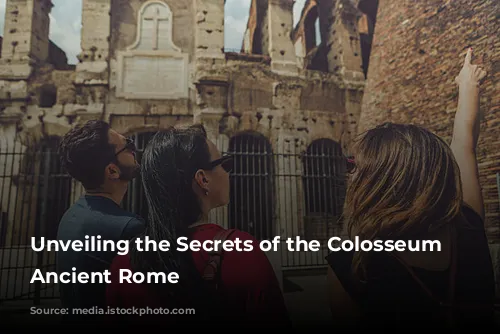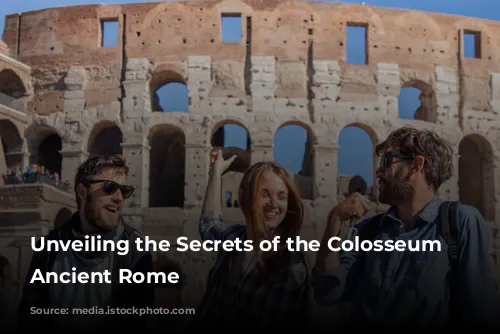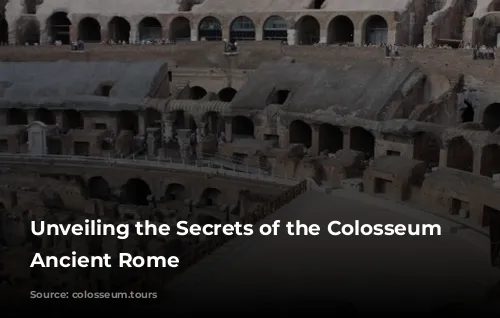The Colosseum, a towering testament to the grandeur of the Roman Empire, stands as a must-visit attraction in the heart of Rome. To fully appreciate its magnificence, consider exploring the ancient city through the lens of a local guide.
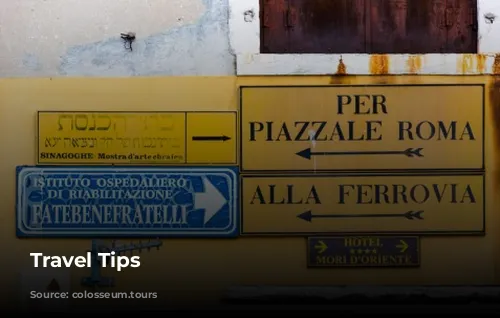
Planning Your Colosseum Adventure:
Before embarking on your adventure, it’s essential to plan your visit to ensure a seamless experience. Here’s a guide to help you navigate the Colosseum’s opening hours:
- January 2nd to February 15th: 8:30 AM to 3:30 PM
- February 16th to March 15th: 8:30 AM to 4:00 PM
- March 16th to the last Saturday of March: 8:30 AM to 4:30 PM
- The last Sunday of March to August 31st: 8:30 AM to 6:15 PM
- September 1st to September 30th: 8:30 AM to 6:00 PM
- October 1st to the last Saturday of October: 8:30 AM to 5:30 PM
- The last Sunday of October to December 31st: 8:30 AM to 3:30 PM
To avoid long queues and guarantee your entry to this iconic landmark, booking tickets in advance is strongly recommended. This will allow you to select your desired date and time slot, ensuring a smooth and efficient visit. You might even secure skip-the-line access, which can save you precious time, allowing you to make the most of your exploration of the Colosseum and its surroundings.

Respecting the Colosseum: What to Leave Behind
The Colosseum, a symbol of Rome’s rich history, deserves respect. To ensure the safety and preservation of this iconic landmark, there are certain items that are prohibited inside the Colosseum:
- Bulky baggage: Large bags, backpacks, or any wheeled/roller bags are not permitted.
- Fragile items: Glass containers or bottles pose a safety hazard and are not allowed.
- Weapons: For the safety of all visitors, weapons, including pocket knives, are strictly prohibited.
- Aerosol sprays: Aerosol sprays are not allowed inside the Colosseum due to their potential to cause harm or damage.
By following these simple guidelines, you can contribute to maintaining the Colosseum’s integrity and ensuring a pleasant experience for everyone.
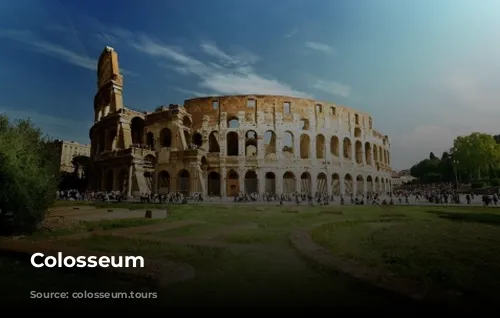
The Colosseum: A Journey Through Time
The Colosseum, a massive amphitheater built between 70 and 80 AD by Emperor Vespasian of the Flavian dynasty, stands as a testament to Roman engineering prowess. Originally known as the Flavian Amphitheatre, it was a hub for various events, including gladiator fights, animal hunts, and mock naval battles. Its imposing design allowed it to accommodate up to 80,000 spectators, showcasing the Romans’ mastery of construction.
The Colosseum’s architectural grandeur is awe-inspiring. Its oval shape with four levels and a height of around 48 meters makes it a truly magnificent structure. Constructed with limestone, concrete, and bricks, it boasts three tiers of arches adorned with various types of columns, showcasing Roman architectural ingenuity. The lower tier features Doric columns, the middle Ionic, and the upper Corinthian. Its rampways, stairs, and tunnels facilitated the smooth movement of people and animals during events. The Romans’ skillful design ensured efficient entry and exit for spectators while enabling the staging of spectacular shows.
At night, the Colosseum transforms into a majestic and enchanting sight, illuminated against the dark sky. Its captivating beauty and peaceful atmosphere transport visitors to the ancient world, reminding us of its thrilling history.
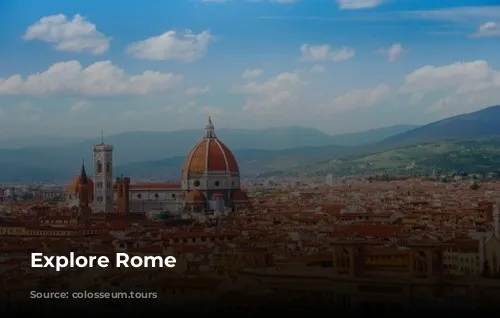
Experience Authentic Rome: Food, Footwear, and Tours
Your Roman adventure wouldn’t be complete without experiencing the city’s culinary delights and its captivating history.
Embrace the Flavors of Rome:
Rome is known for its upscale dining scene, but nothing beats the authentic flavors of street food. Seek out spots frequented by locals, a sure sign of delicious and high-quality fare. Many restaurants in Rome include a service charge in the bill, which is customary to compensate the waitstaff. However, if you’re particularly impressed with the service or if the bill doesn’t include a service charge, leaving a 10% tip is customary.
Comfortable Footwear for Exploring:
Rome’s charming streets and historical sites are best explored on foot. Comfortable shoes are essential for a delightful journey, allowing you to fully appreciate the city’s wonders without discomfort.
Unveiling Ancient Rome’s History with a Guided Tour:
To delve into the rich history of Rome, consider joining a guided tour with a knowledgeable and friendly local guide. Explore the Colosseum, Palatine Hill, and the Roman Forum, learning about their architectural marvels and historical significance.
Colosseum and Ancient City Tour:
Join your guide and a small group to explore the highlights of Ancient Rome:
- Colosseum: Discover the grandeur of this iconic stadium, learn about its architecture, and imagine the gladiatorial contests that once took place within its walls. Walk through the entrance and onto the arena floor, where gladiators fought for glory.
- Palatine Hill: Ascend to the oldest part of Rome, Palatine Hill, where Emperors once resided in luxurious homes. Wander among the ruins, soak in the serene atmosphere, and enjoy breathtaking views of the city.
- Roman Forum: Descend into the Roman Forum, walking along ancient roads and marveling at temples, offices, and the senate building.
Colosseum and Ancient City Private Tour:
For a personalized and unforgettable experience, opt for a private tour. A friendly and professional guide will tailor your tour to your interests, ensuring a delightful exploration of the Colosseum and Ancient Rome at your own pace.
Vatican City Tour:
Visiting the Vatican City, the heart of the Catholic Church, is a must for its historical and spiritual significance. Explore the Vatican Museums, home to a vast collection of artistic treasures, including masterpieces by Michelangelo and Raphael. The Sistine Chapel, with its mesmerizing frescoes, particularly Michelangelo’s iconic ceiling, will leave you breathless.
Beyond the Colosseum: Exploring Trastevere and Monti:
Step away from the iconic landmarks and immerse yourself in the authentic charm of Rome’s local neighborhoods.
- Trastevere: This vibrant area is known for its narrow cobblestone streets, colorful buildings, bustling piazzas, lively trattorias, and energetic nightlife.
- Monti: This eclectic neighborhood blends ancient ruins with trendy boutiques, artisan shops, and quaint cafes.
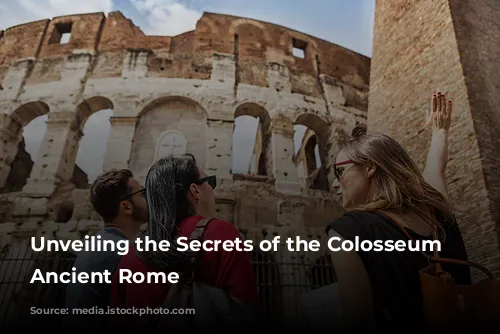
Free Museum Entry: Planning Your Visit
On the first Sunday of every month, entrance to state-owned museums, galleries, parks, and some archaeological sites in Rome is free. However, be prepared for larger crowds on this day. Arriving early can help you make the most of your free entry.
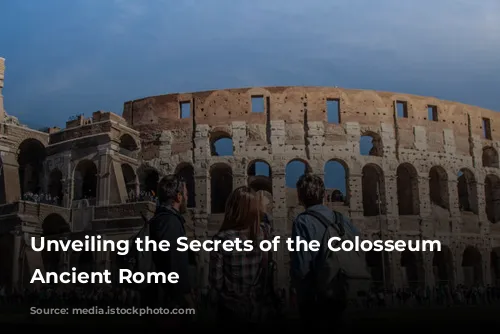
The Colosseum: A Timeless Symbol
The Colosseum stands as Rome’s most visited and popular monument, a true icon of both the ancient Roman Empire and the modern city. It serves as a powerful reminder of the empire’s power and prestige, much like the Eiffel Tower symbolizes Paris. In its time, the Colosseum was a symbol of the ancient Romans’ might, influence, and even savagery. Its legacy continues to inspire awe and fascination in visitors from all over the world.
